The Sandrah Tubobereni Story
Fashion has always been more than fabric and stitches; it is one of the purest forms of creativity. For so long, visionary designers have used clothes as a canvas to tell stories, challenge norms, and pioneer change. Creativity in fashion is not just about beauty, but about expression, about translating emotions, heritage, and bold ideas into something the world can wear.
For Sandrah Tubobereni, creativity goes beyond sketches and runway moments; it is only sustainable when backed by structure and strategy. With her brand TUBỌ, founded in 2014, she has been intentional about positioning it as more than just a clothing label. TUBỌ is a celebration of women in their fullness, honouring both their strength and softness, their elegance and power. Each of her designs reflects her belief that every woman should feel like the main character in her own story. Through discipline, vision, and intentionality, Tubobereni has built her clothing brand into one of Africa’s most admired luxury fashion houses.
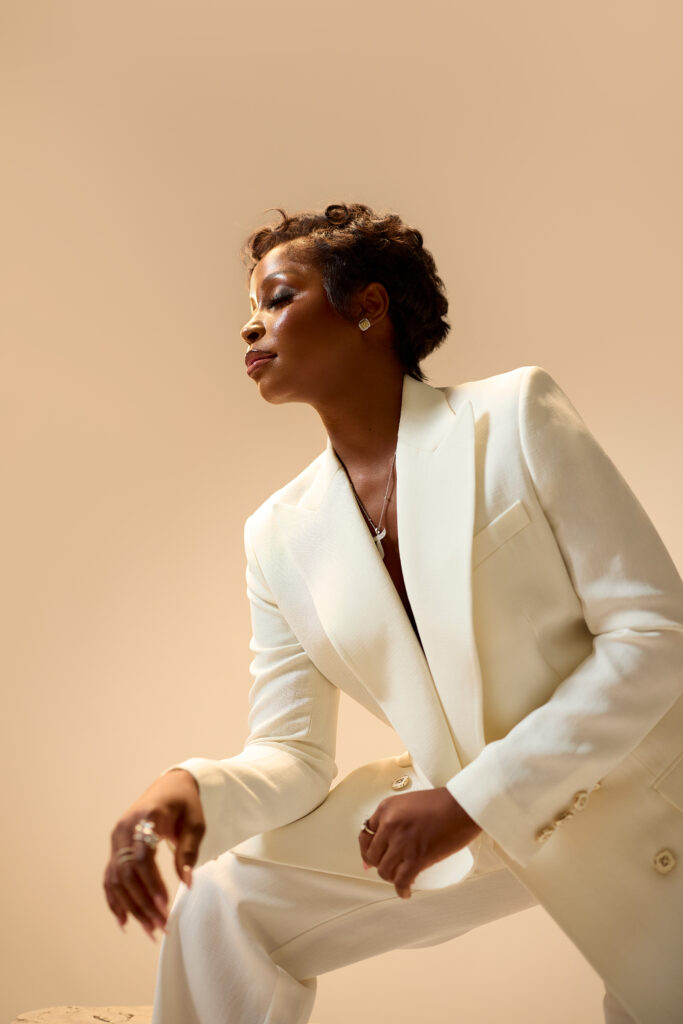
In this interview with THEWILL DOWNTOWN’s Dorcas Akintoye, Sandrah Tubobereni opens up about her journey from business development to fashion, the philosophy behind TUBỌ, her thoughts on sustainability, and her vision for African fashion on the global stage.
You started your career in business development before venturing into fashion. How has your corporate background shaped your approach as a Creative Director at TUBỌ?
Yes, I worked in business development, project management and finance roles for four years in the banking sector as well as in empowerment organisations.
I got firsthand experience in understanding structure and strategy – two key elements that have helped my approach to business and my brand identity.
My corporate background taught me that creativity is only sustainable when it’s backed by structure and strategy. I learned to approach design with the same discipline I applied to business, understanding the numbers, the systems, and the people behind every decision. At TUBỌ, I don’t just think about what a dress will look like, I think about how it will move through the world, who it will speak to, and how it will live up to the brand promise. That blend of structure and artistry has shaped every collection and every client experience we’ve built.
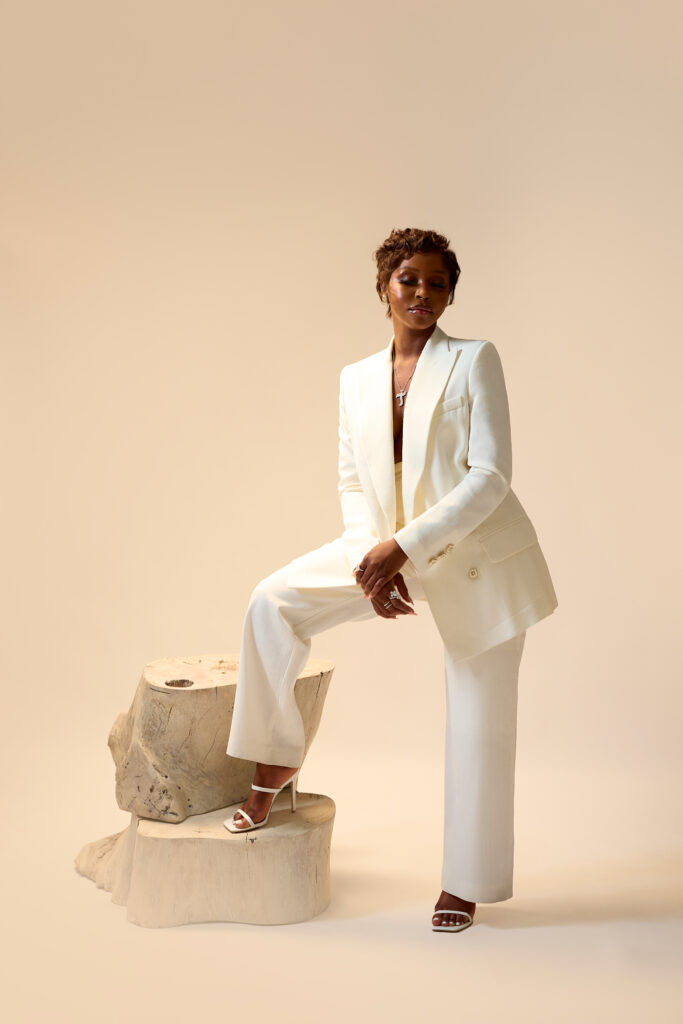
TUBỌ has carved a distinct identity in the luxury market. From a brand strategist’s perspective, what intentional steps have you taken to position TUBỌ as more than just a clothing label?
From the beginning, TUBỌ has been about honouring the woman’s form in all its strength and softness. Every design begins with her in mind, her curves, her posture, the way she moves and feels in her own skin. We are intentional about creating silhouettes that celebrate rather than conceal, pieces that fit the woman instead of asking her to fit them.
Beyond the garment, we have built an entire experience around her. It is the way we weave unique intricacies of a TUBỌ woman into her outfit, ensuring the uniqueness of each stitch, each thread, each design and each fabric.
The fittings are personal, the storytelling is deliberate, and the craftsmanship is uncompromising. We draw from African heritage while speaking a contemporary, global language, making every collection both familiar and new. This clarity of vision means that TUBỌ is never just clothing; it is an extension of identity, a moment of power and presence she carries into every room.
You have three strong lines (TUBỌ WOMAN, TUBỌ BRIDE, and TUBỌ RTW). How do you approach storytelling differently for each line?
For TUBỌ BRIDE, it is about intimacy and legacy; every dress holds her culture, her love story, and her individuality in a way no one else’s can. For TUBỌ RTW, the focus is on ease and daily luxury, how she brings the TUBỌ attitude into her everyday life without waiting for a special occasion. Each line has its own rhythm, but all carry the same thread of craftsmanship, confidence, and a respect for her identity. For TUBỌ WOMAN, the storytelling is about presence; she is the main character in every room. A TUBỌ Woman transcends her outfit and represents confidence and strength in carriage. A TUBỌ Woman is not just the bride who has embodied our outfits or the everyday woman who has a ready-to-wear, a TUBỌ Woman is a brand image because she has taken the time to allow us to tell of her strength, confidence and carriage through her unique outfit.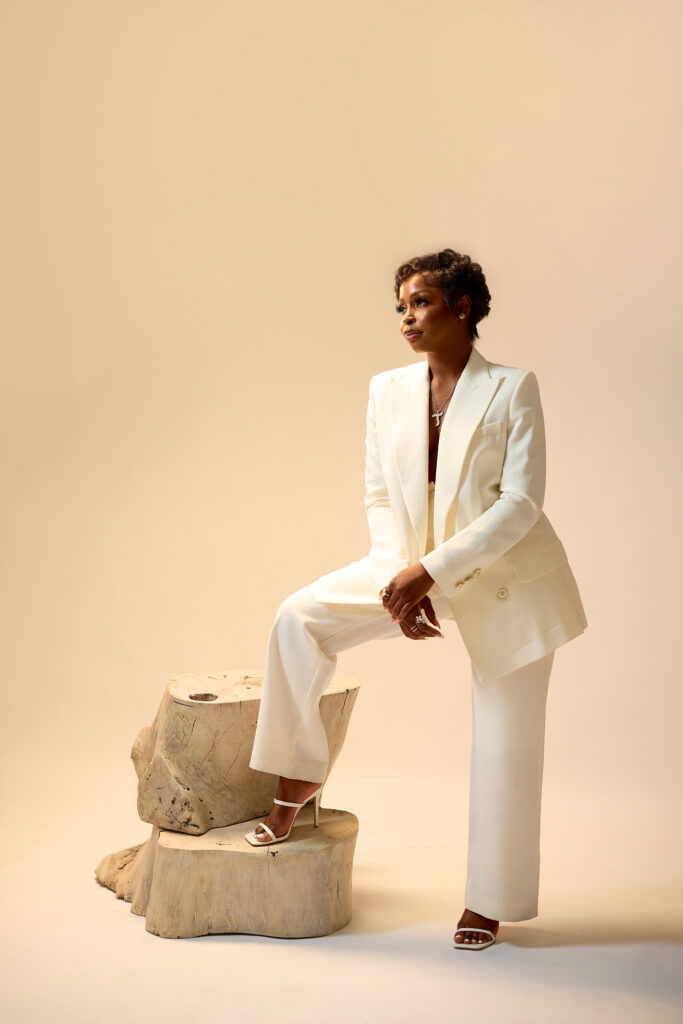
In building TUBỌ, what brand values have remained non-negotiable for you over the years?
Precision. Craftsmanship. Authenticity. And a deep respect for the women we dress. We never compromise on fit or finish, and we never dilute the essence of the TUBỌ woman to chase trends. Every decision, from fabric selection to campaign styling, comes back to the question: Does this honour her? If the answer is no, it doesn’t leave the studio.
Sustainability is becoming a key conversation in fashion. How is TUBỌ integrating eco-conscious practices without compromising on luxury and quality?
We design with longevity in mind. Our pieces are made to be worn, loved, and even passed down, not discarded after one season. We source fabrics thoughtfully, repurpose materials where possible, and produce in limited quantities to avoid waste. For me, sustainability is not only about the environment; it is about creating fashion that sustains its value, beauty, and relevance for years.
In your opinion, what role should African fashion brands play in leading sustainable innovation globally?
We have an opportunity to redefine what sustainability looks like by drawing from our heritage. In many African traditions, clothing was crafted with care, worn with pride, and valued as an heirloom. We can merge that mindset with modern innovation, using local craftsmanship, natural materials, and responsible production, to show the world that sustainability can be luxurious, culturally rooted, and globally relevant.
As someone who is deeply creative yet business-savvy, how do you personally navigate moments when art and commerce seem to clash?
I remind myself that creativity without resources can’t reach its full potential, and commerce without creativity loses its soul. When those worlds clash, I go back to the purpose of the piece or the project. If it serves the woman we design for and stays true to the brand’s vision, I find a way to make it work financially. Sometimes that means adjusting timelines, scaling differently, or finding alternative ways to execute, but never at the cost of the brand’s integrity.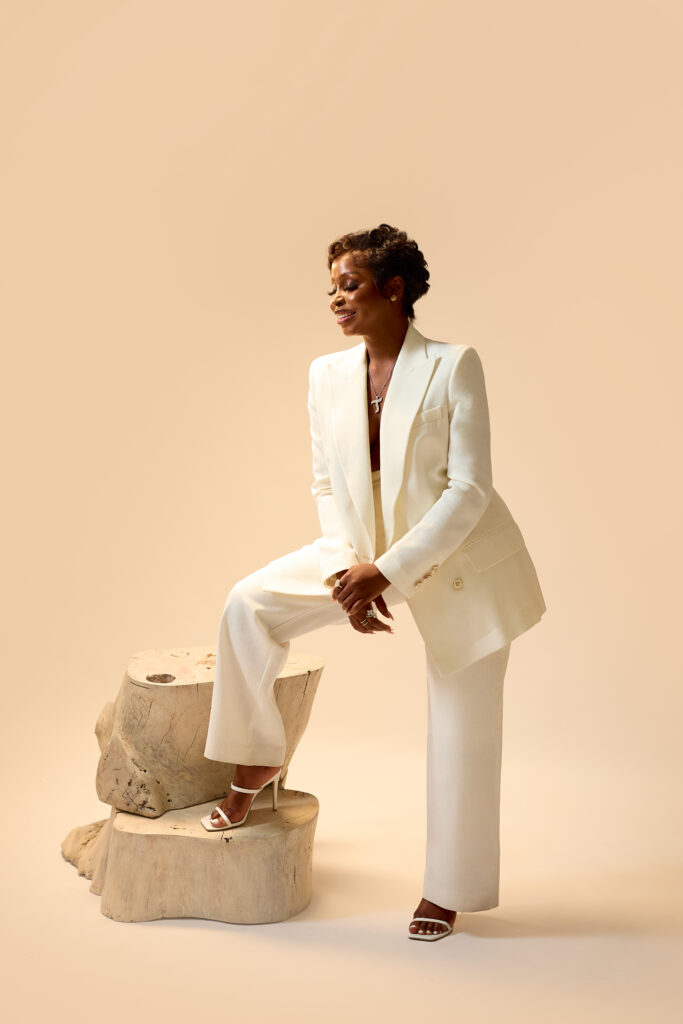
When you look back in five years, what legacy do you hope both Sandrah Tubobereni and TUBỌ will have left in the fashion world and beyond?
I want TUBỌ to be remembered as the brand that proved African luxury belongs on the global stage, not as a novelty, but as an equal. For myself, I hope my journey shows that you can lead with both faith and excellence, that you can create beauty without losing depth, and that you can build something timeless while staying true to your roots.
Your recent trip to Rome for the Phygital Sustainability Expo spotlighted TUBỌ on a global stage. What key insights or inspirations did you bring back from that experience, and how will they influence the brand?
I was excited to be a part of the Phygital Sustainability Expo that highlighted some considerations we adopt at TUBỌ to ensure sustainability and enhance good environmental practices. At that Expo, I highlighted the importance of fostering climate change by curbing textile waste. At TUBỌ, our practice and culture is resourcefulness and preservation – creating value from what others overlook. Our couture process, slow by design, embodies sustainability; this is why we do not mass produce. Every TUBỌ piece is crafted to order, built to last, and made with deep care. We’ve always had a practice of keeping production waste to a minimum, which is usually fabric offcuts that we then repurpose into linings, accessories or community projects with young apprentices.
The Expo was a reminder that sustainability is not just a trend, it’s becoming the standard for global luxury. The conversations in Rome reinforced my belief that African brands must be part of that conversation from a place of strength, not catch-up. I came back more committed to telling the story of our processes, our craftsmanship, and our cultural heritage alongside our designs. It is no longer enough for a dress to be beautiful; it must also mean something.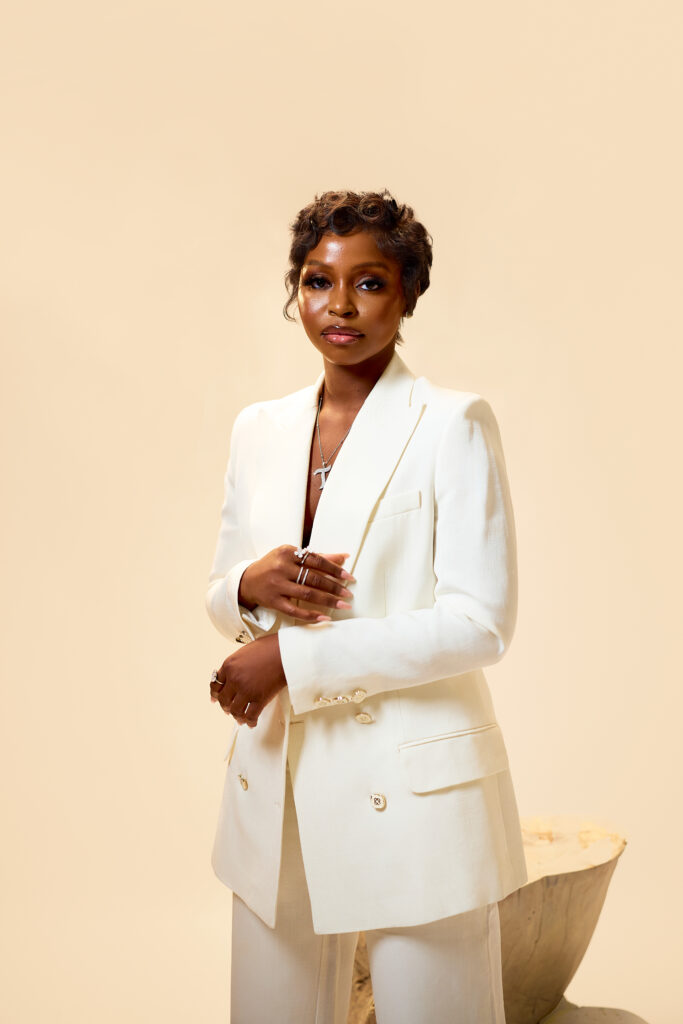
TUBỌ is set to debut a new collection at Lagos Fashion Week this year. What can we expect from this showcase, and how does it reflect the brand’s evolution?
We cannot wait to show off some of the amazing designs we’ve been working on. You can expect a celebration of tradition and modernity in one breath. This collection draws from Nigerian wedding culture, reimagining it for a global audience without losing its soul. It is bolder in concept, more intricate in craftsmanship, and yet more accessible in how it can be worn. It is a statement on where we’ve come from, and a vision of where TUBỌ is going.
As the creative face of TUBỌ and a visible influencer in the fashion space, how do you balance personal brand building with maintaining TUBỌ’s distinct identity?
I see my personal brand as an extension of TUBỌ, not a separate entity. When I speak, collaborate, or appear anywhere, it reflects back on the brand. But I also make sure that TUBỌ has its own voice, its own platforms, and its own stories that live independently of me. That way, even when I step back, the brand continues to stand on its own.
What message do you have for the TUBỌ WOMAN?
You are the main character. You do not need permission to take up space, to be powerful and soft at the same time, to wear your heritage and your dreams with pride. Every stitch we sew is a reminder that you are worth the highest level of craftsmanship and care. Never forget that.

Dorcas Akintoye is a versatile writer with a passion for beauty, fashion, relationships, and culinary delight. With a keen eye for detail and a passion for storytelling, she adds a touch of elegance to every topic she explores. She is a writer at THEWILL DOWNTOWN.




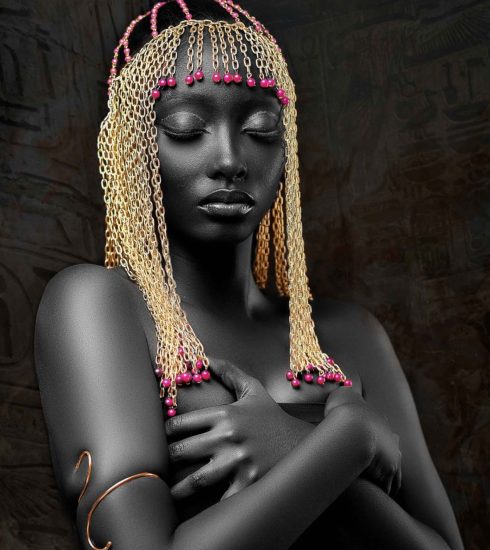
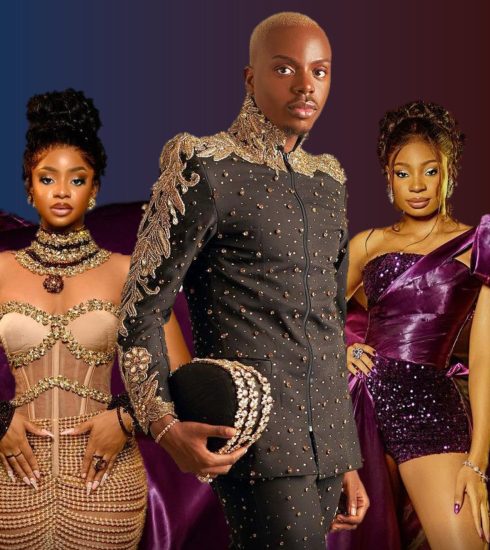
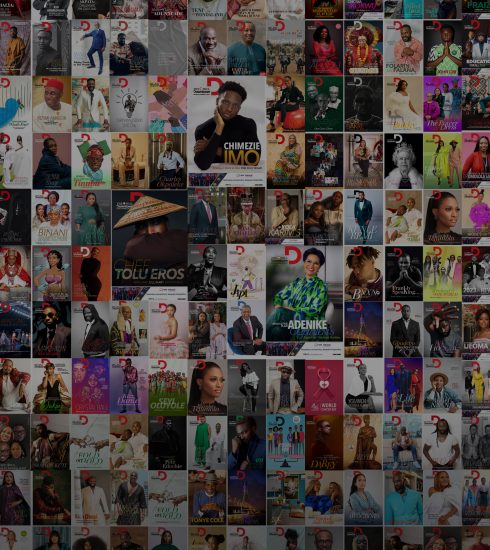
Mona Cyril
4 months agoI recently started my own journey as a fashion designer. As a beginner, your craftsmanship inspires me….